M & M's World Cruise
Our day in Cozumel was wet & windy (20 mph gusting to 30), but our tour was diverse & interesting. Glad we chose this tour, as the water & 4-wheeler adventures were canceled because of the crazy weather.
The island of Cozumel is the largest of Mexico’s islands. Named for its famous swallows, it was a pilgrimage destination for Mayans who were seeking fertility favors from the gods. The arrival of the Spanish led to the demise of the Mayan Empire & the birth of the Mestizos (Mayan/Spanish). 20% of Cozumel’s 100k residents still speak Mayan. Only 10% of the island is developed, & only on its western side. The eastern side is a buffer zone for hurricanes. 90% of the island is beach, mangroves, jungle, & swamp. Pirates “owned” Cozumel during the 1800s. It was gradually repopulated after their demise, but remained a quiet sleepy island until Jacques Cousteau “discovered” its beautiful reefs in the 1960s. Scuba divers. Then more tourists. And here we are now.
Our day included an artisinal tequila tasting (we bought a bottle of the almond cherry tequila to sip on our balcony over the next few months); a local market; statues & churches; & a small Mayan temple. The 7-pointed piñata, representing the 7 deadly sins, was a teaching tool for the Catholic missionaries. We did NOT pick a green papaya or buy any drugs….
Mary Forman
53 chapters
Historic Cozumel
Cozumel, Mexico
Our day in Cozumel was wet & windy (20 mph gusting to 30), but our tour was diverse & interesting. Glad we chose this tour, as the water & 4-wheeler adventures were canceled because of the crazy weather.
The island of Cozumel is the largest of Mexico’s islands. Named for its famous swallows, it was a pilgrimage destination for Mayans who were seeking fertility favors from the gods. The arrival of the Spanish led to the demise of the Mayan Empire & the birth of the Mestizos (Mayan/Spanish). 20% of Cozumel’s 100k residents still speak Mayan. Only 10% of the island is developed, & only on its western side. The eastern side is a buffer zone for hurricanes. 90% of the island is beach, mangroves, jungle, & swamp. Pirates “owned” Cozumel during the 1800s. It was gradually repopulated after their demise, but remained a quiet sleepy island until Jacques Cousteau “discovered” its beautiful reefs in the 1960s. Scuba divers. Then more tourists. And here we are now.
Our day included an artisinal tequila tasting (we bought a bottle of the almond cherry tequila to sip on our balcony over the next few months); a local market; statues & churches; & a small Mayan temple. The 7-pointed piñata, representing the 7 deadly sins, was a teaching tool for the Catholic missionaries. We did NOT pick a green papaya or buy any drugs….
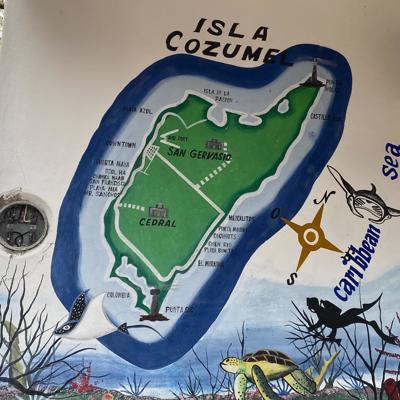
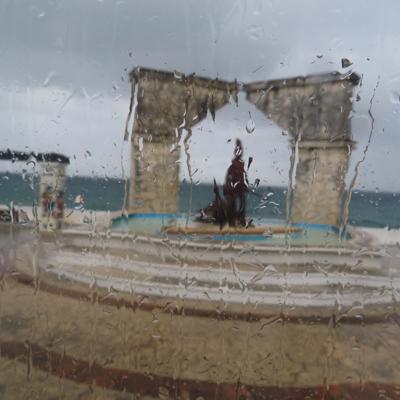
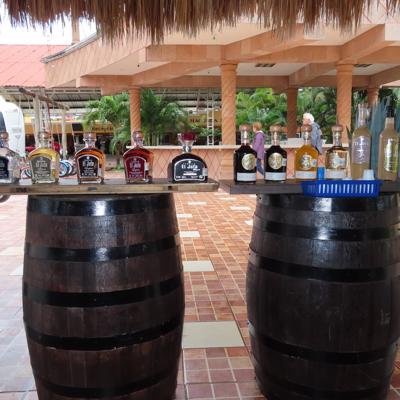
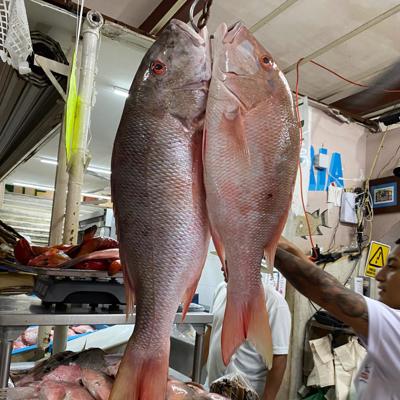
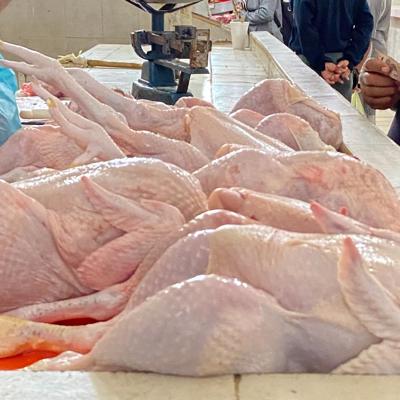
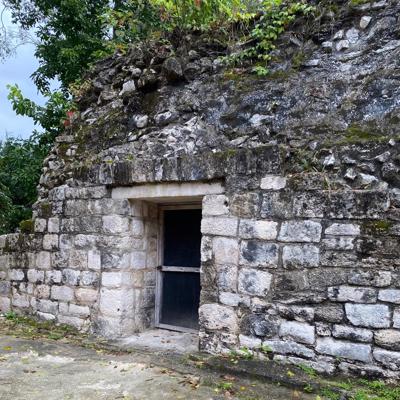


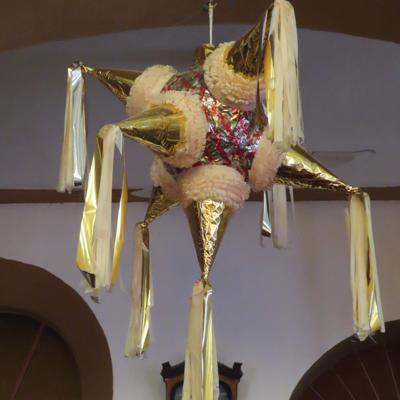
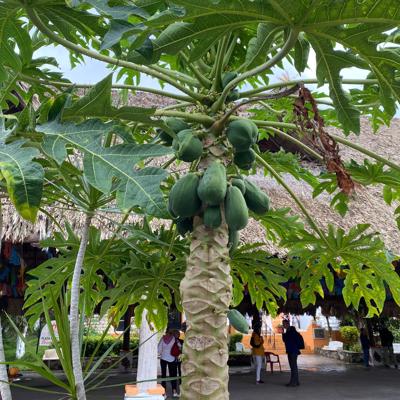
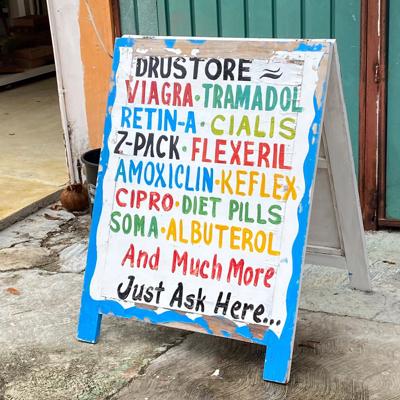
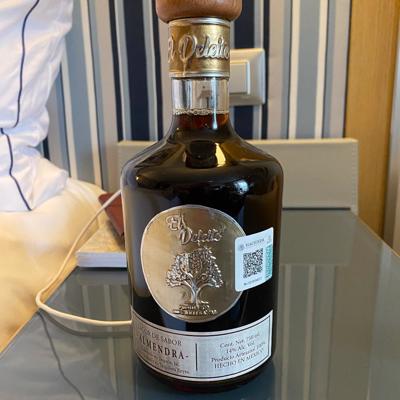
1.
Getting Ready!
2.
Getting Packed
3.
Bon Voyage
4.
Cruising-101 - Our First Sea Day
5.
Historic Cozumel
6.
Sea Day x 2
7.
South America
8.
Panama Canal Day 1
9.
Panama Canal Day 2
10.
Sea Day
11.
New Year’s Eve 2022
12.
New Year's Day 2023 +++
13.
Baja California
14.
Italian Wine & the City of Angels
15.
6 Sea Days From LA to Honolulu
16.
Aloha Hawaii!
17.
Crossing the Equator
18.
French Polynesia
19.
Crossing the International Date Line
20.
North Island - Auckland
21.
North Island - Tauranga & Napier & Wellington - Waitangi Day Weekend
22.
South Island - Doubtful & Milford Sounds
23.
Tasmania, Australia
24.
Victoria, Australia
25.
New South Wales, Australia
26.
Queensland, Australia
27.
Behind the Scenes
28.
Komodo National Park
29.
Bali, Indonesia
30.
Happy Anniversary
31.
Java, Indonesia
32.
Vietnam
33.
Thailand Part 1
34.
Singapore
35.
Malaysia
36.
Thailand Part 2
37.
Sri Lanka
38.
India Part 1
39.
India Part 2
40.
Saudi Arabia
41.
Jordan
42.
Egypt
43.
Suez Canal
44.
Israel
45.
Turkey
46.
Greece
47.
Italy
48.
Monaco
49.
Spain
50.
Portugal
51.
France
52.
England
53.
Heading Home